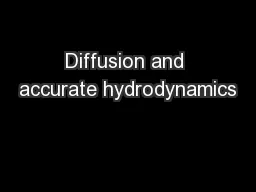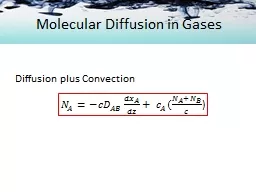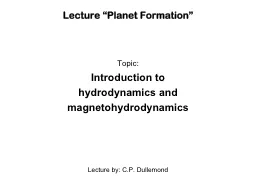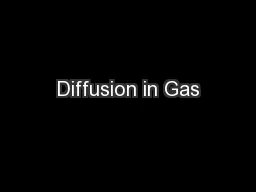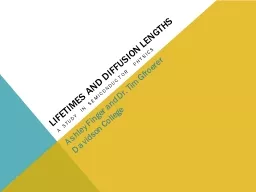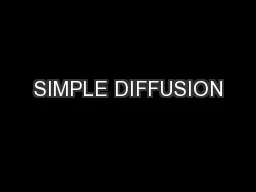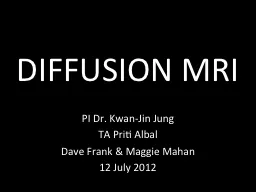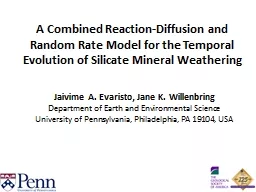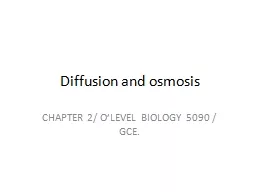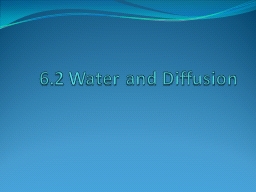PPT-Diffusion and accurate hydrodynamics
Author : briana-ranney | Published Date : 2016-05-03
in SPH and grid codes James Wadsley McMaster Tom Quinn Washington Fabio Governato Washington Hugh Couchman McMaster Disks 2012 Heidelberg Test Agertz et al 2007
Presentation Embed Code
Download Presentation
Download Presentation The PPT/PDF document "Diffusion and accurate hydrodynamics" is the property of its rightful owner. Permission is granted to download and print the materials on this website for personal, non-commercial use only, and to display it on your personal computer provided you do not modify the materials and that you retain all copyright notices contained in the materials. By downloading content from our website, you accept the terms of this agreement.
Diffusion and accurate hydrodynamics: Transcript
Download Rules Of Document
"Diffusion and accurate hydrodynamics"The content belongs to its owner. You may download and print it for personal use, without modification, and keep all copyright notices. By downloading, you agree to these terms.
Related Documents

